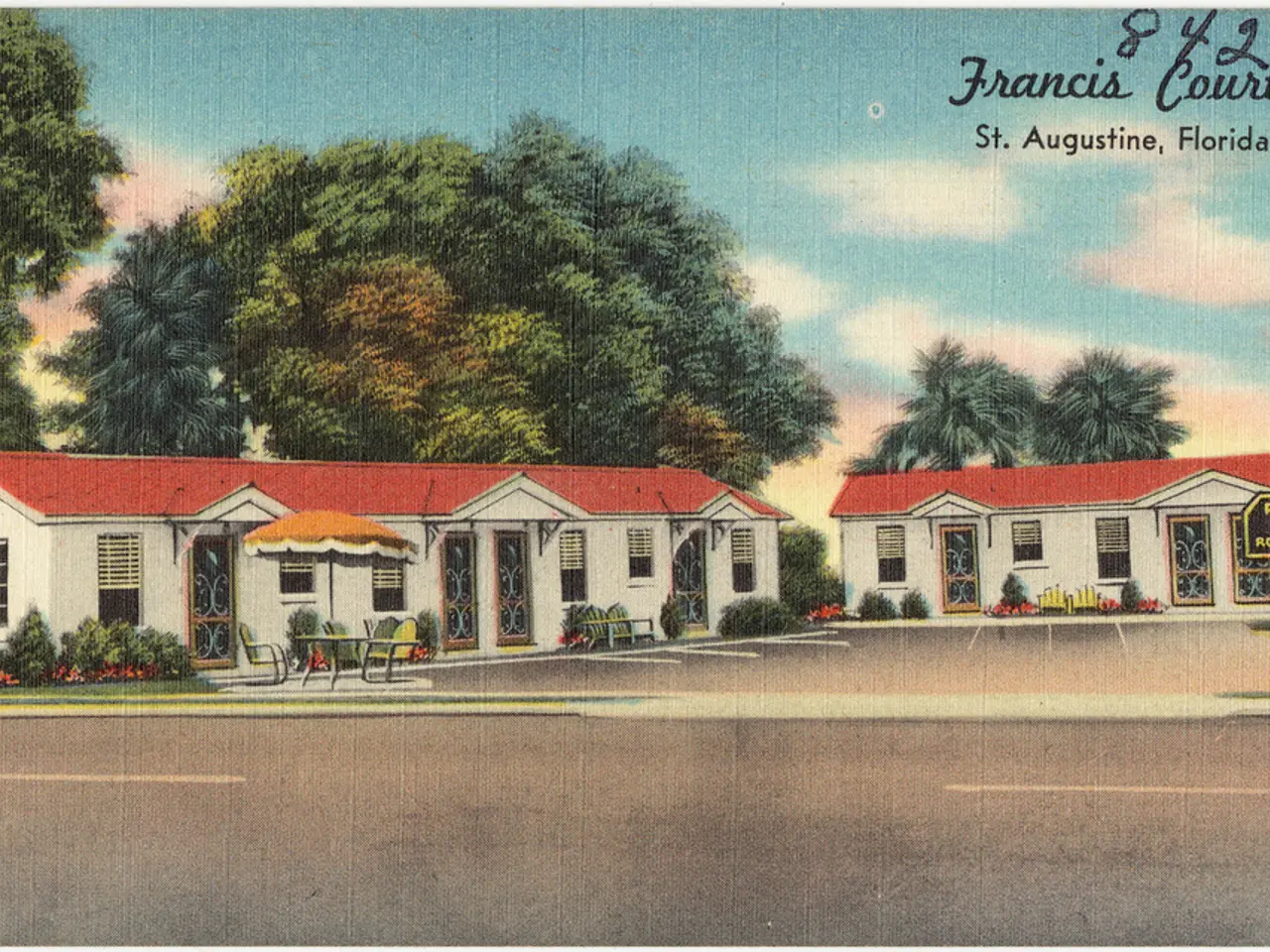Discovered after years of disuse in the attic.
In the heart of the Harz region, a stroke of luck has brought to light a treasure trove of cultural and historical significance. A collection of woodcut printing blocks, created by the renowned Altenau artist, Karl Reinecke, has been discovered in an attic, hidden away for decades.
These blocks, approximately 90 years old, are works of art that preserve the visual narratives, styles, and themes significant to the region. Karl Reinecke, an active printmaker and illustrator in the late 19th to early 20th century, often reflected regional life, folklore, or landscapes in his work. As such, these blocks offer a direct artistic link to the cultural and artistic movements of his time, especially those rooted in German traditions.
The collection includes rare representations, such as a north German net mender and a presumed portrait of Walter Spengler. The motifs on the printing blocks are clearly recognizable, featuring familiar motifs like lumberjacks, haymakers in the mountains, or landscapes that capture the natural beauty and rich folklore tradition of the Harz region.
The thematic connections of the prints to the time are impressive, with greeting motifs from the late 1920s and early 1930s depicting a worker surrounded by lightning symbolizing a turbulent time. This collection provides insight into period production methods and artistic styles, making them valuable for historians, artists, and educators exploring printmaking heritage and cultural identity.
The market value of Karl Reinecke’s woodcut blocks can vary widely depending on factors such as condition, rarity, subject matter, and demand among collectors of regional or historical prints. Original printing blocks, especially if well-preserved and connected to known editions, can be valued from several hundred to several thousand euros per block or set, but specific appraisals would be needed.
Due to their age and artistic craftsmanship, such blocks may be sought after by collectors of German folk art, printmaking tools, and regional antiques. Woodcut blocks less commonly appear in auctions compared to prints that they produce, so intact blocks can be particularly prized.
Museums and cultural institutions in the Harz region or those focusing on printmaking history may be interested in acquiring or exhibiting the blocks, enhancing their cultural importance. The discovery enriches local heritage preservation efforts and can inspire exhibitions, publications, or educational programs focused on Harz artistic history and traditional techniques.
Dr. Kai Gurski, the Reinecke expert, explains that the artwork comes from all phases of Reinecke-Altenau's woodcut activity. These printing blocks are genuine rarities, and the found pieces are considered a real treasure. For an exact valuation or deeper historical context, consulting a specialist in German art prints or an art appraiser familiar with early 20th-century printmaking would be recommended.
These woodcut printing blocks, discovered in an attic, offer a direct artistic link to the cultural and artistic movements of the late 19th to early 20th century, particularly those rooted in German traditions, as they depict motifs like lumberjacks, haymakers, and folklore landscapes from the Harz region (lifestyle, home-and-garden). The collection's rarity and connection to renowned artist Karl Reinecke make these blocks valuable for collectors of German folk art, printmaking tools, and regional antiques (home-and-garden).




